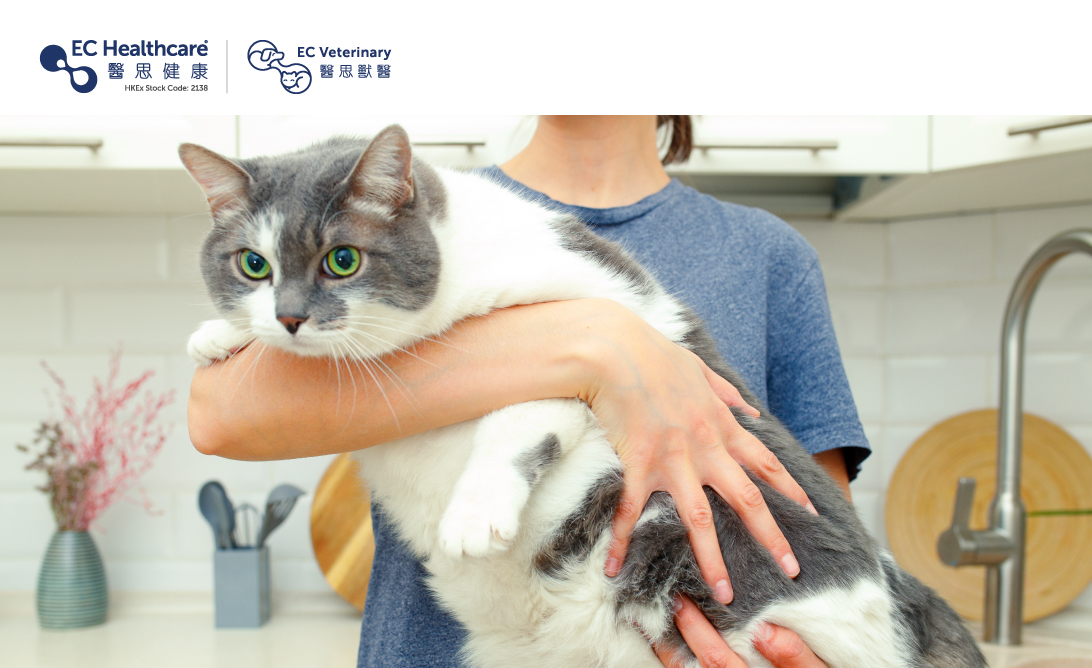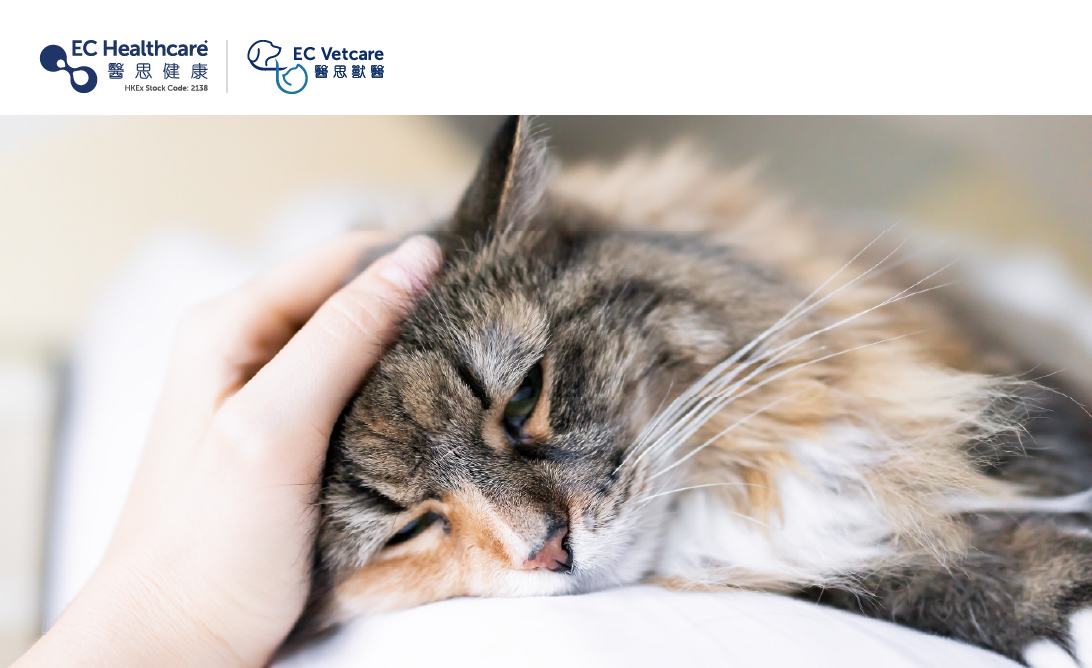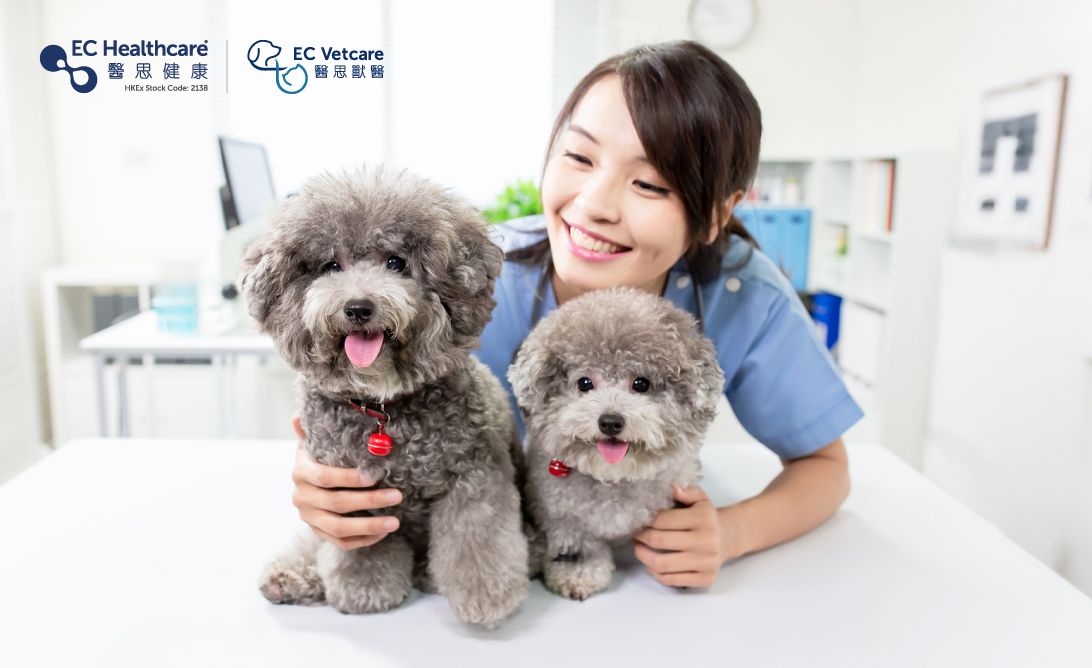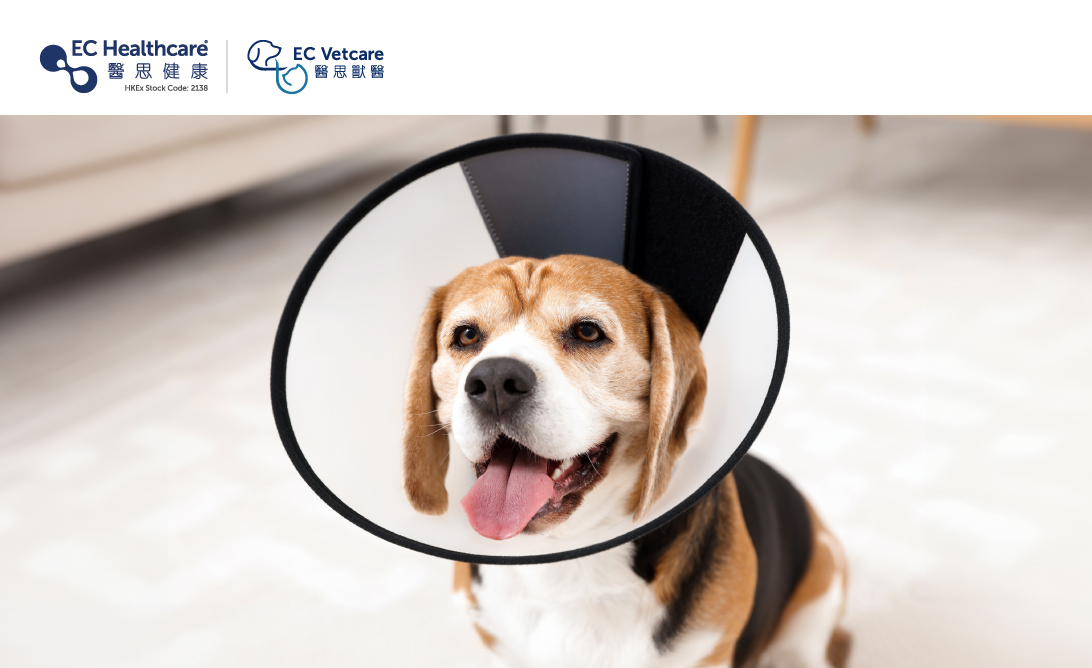Cat Obesity Unveiled: Understanding the High Health Risks and Why Cats Easily Pile on the Pounds – Discover the Top 4 Obesity Perils


You've probably encountered those delightfully round and adorable cats, but did you know that, like humans, an overweight feline can be at risk for various hidden health issues that may curtail their lifespan? To safeguard your kitty's health, it's essential to delve into the topic of feline obesity and take steps to manage their weight. Here, we unveil the top four risks associated with cat obesity.
Why Cats Easily Pack on Pounds
1. Breed Matters:
Certain cat breeds, particularly mixed-breed cats, are notably predisposed to obesity.
2. Aging and Activity:
As cats reach the 5 to 10-year mark, their activity levels tend to taper off, leading to decreased calorie expenditure.
3. Overfeeding Habits:
Owners often treat their feline companions to frequent snacks beyond their regular meals, unwittingly surpassing their daily calorie needs.
4. Sedentary Lifestyle:
When excess eating meets a lack of physical activity, obesity naturally takes hold.
5. Sensitive Souls:
Cats with sensitive temperaments, those prone to frequent stress, emotional lows, or varying degrees of psychological conditions, are more susceptible to obesity.
The Risks of Cat Obesity: What's at Stake?
When a cat becomes excessively obese, its body accumulates an increasing amount of fat. Owners may find it challenging to feel their cat's ribs when petting them, the waistline may no longer be discernible, and this excess fat can compromise bodily functions, giving rise to four significant risks:
1. Diabetes
Overweight cats are at high risk of developing diabetes. Elevated blood sugar levels lead to the body using up its protein and fat stores for energy, and an impaired ability to properly use insulin. This manifests in weight loss, dehydration, vomiting, and other symptoms, demanding daily insulin injections for management.
2. Weakened Immune System
Obesity leads to reduced physical activity, decreased water intake, and subsequently, a compromised immune system in cats. This weakened immunity makes them more susceptible to bacterial infections, such as common feline urinary tract infections and the formation of urinary stones.
3. Fatty Liver
As natural carnivores, cats require ample protein in their diets to maintain liver health. Overweight cats, often fed imbalanced diets, can overload their livers with excessive fat, leading to a condition known as fatty liver disease. When a cat develops fatty liver disease, its liver function deteriorates, potentially resulting in liver failure.
4. Grooming Challenges and Emotional Impact
When cats become excessively overweight, grooming becomes a daunting task, leading to potential skin problems such as redness, hair loss, and dandruff. Furthermore, the psychological well-being of obese cats may be compromised. Cats with excess weight find it harder to respond swiftly when they sense danger, making it challenging to flee or hide. This delayed response can lead to increased stress and anxiety in these cats.
In addition to the previously mentioned four risks, feline obesity places stress on the cat's joints, affecting both the cardiovascular and respiratory systems. This added burden increases the likelihood of breathing difficulties and the onset of heart disease. To prioritize your cat's health, owners must tailor preventative measures to address excessive weight based on their cat's unique needs.
Preventing Cat Obesity
The key to preventing cat obesity lies in dietary control. It's crucial to calculate your cat's daily calorie requirements and portion their food accordingly. No longer should feeding be arbitrary. Opt for low-calorie, high-nutrition cat food, ensuring your feline friend receives the nutrients they need without exceeding the recommended standards.
Incorporating daily exercise is another effective method to prevent cat obesity. Owners should invest time in interactive play with toys or teaser wands, fostering a stimulating environment for their feline companions. Setting up cat trees or climbing structures at home allows cats the space they need to stay active and engaged.
In addition, owners must routinely measure their cat's weight and schedule regular visits to the veterinarian for health assessments and weight management. Professional veterinary examinations provide a comprehensive understanding of your cat's health, allowing for the tailor-made development of a weight loss plan. This collaborative effort ensures that your cat maintains good health and continues to lead a joyous life.










